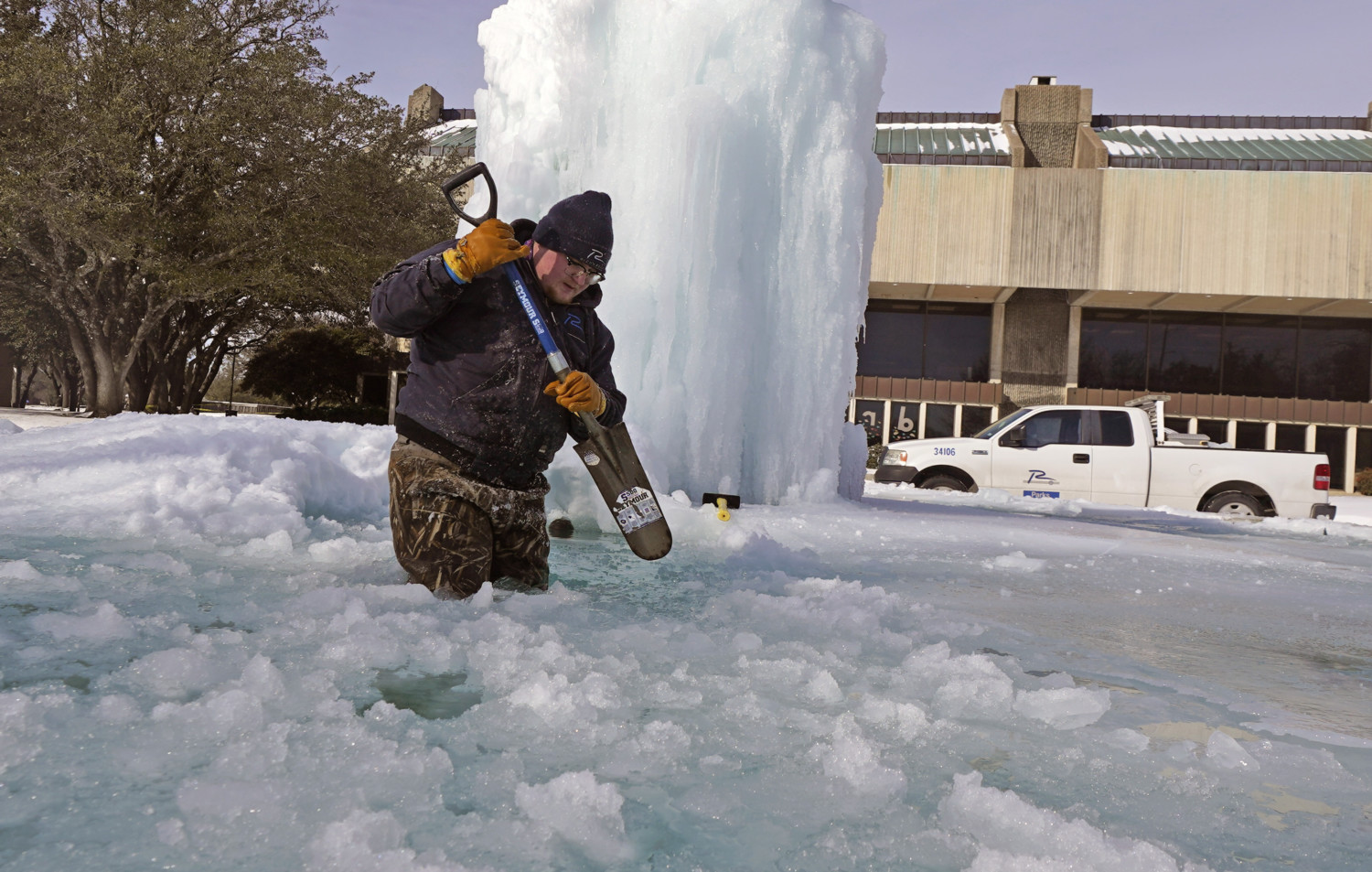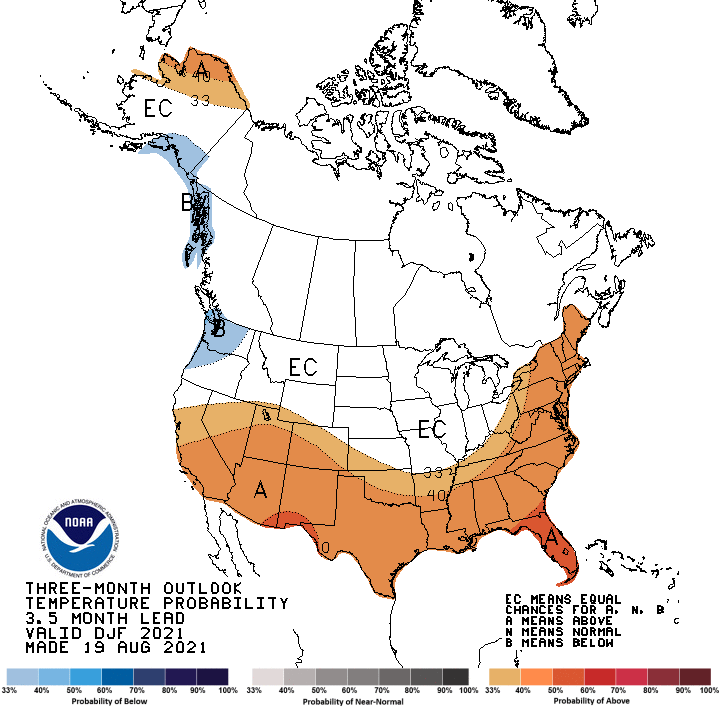Those pesky Almanacs are at it again with some bone-chilling headlines about the upcoming winter.
Every year, The Old Farmer’s Almanac and the Farmers’ Almanac release their forecasts for the upcoming winter season before summer is even over.
Both publications claim to use a top-secret, time-tested formula to develop their forecasts, and year after year, both publications call for bitterly cold temperatures, lots and lots of snow, or both.
Two Almanacs, Two Forecasts
This year, one almanac is calling for one of the “longest and coldest winters we’ve seen in years” while the other is calling for “polar coaster swings in temperatures.”
The Old Farmer’s Almanac, the older of the two publications, was founded in 1792, and it’s forecasting a colder, more dire situation this upcoming winter.
The publication has dubbed winter 2021-2022 a “Season of Shivers” with below-average temperatures across most of the United States. Their forecast is calling for colder temperatures in every state except Hawaii.

Most of the snow in their forecast is focused across a stretch from eastern Montana down to Colorado and then through parts of the Midwest, Mid-South and Northeast.
The Farmers’ Almanac, which has only been around since 1818, is also calling for colder temperatures, but it’s a little more complex than that.
Their forecast calls for cooler than average temperatures east of the Rockies while the western third of the country will experience typical winter temperatures.
This chilly forecast does have a catch — those cold temperatures won’t be a constant. Instead, the Farmers’ Almanac further explains temperatures are likely to be a roller coaster of ups and downs throughout the winter.
As for snow, their forecast calls for near-normal amounts of snow across the country with significant variations from storm to storm.

What Do The Meteorological Experts Say?
In addition to the two publications previously mentioned, the National Weather Service’s Climate Prediction Center also releases an annual winter outlook every year in mid-October.
The Climate Prediction Center’s long-range forecasts rely heavily on scientific data, historical records and global climate patterns like El Niño, La Niña and the North Atlantic Oscillation.
While it’s still too early for an official forecast, their initial outlook for the months of December, January and February highlights a warmer than average winter across the southern half of the United States and in the Northeast while the rest of the country can expect typical winter temperatures.

Since fall hasn’t even begun yet, it’s best to take all these forecasts with a grain of salt. After all, we have an entire season to enjoy before the cold winter months arrive.
Follow Meteorologist Jason Meyers on Twitter or watch one of his entertaining and educational YouTube videos.
This story originally appeared on Simplemost. Checkout Simplemost for additional stories.


